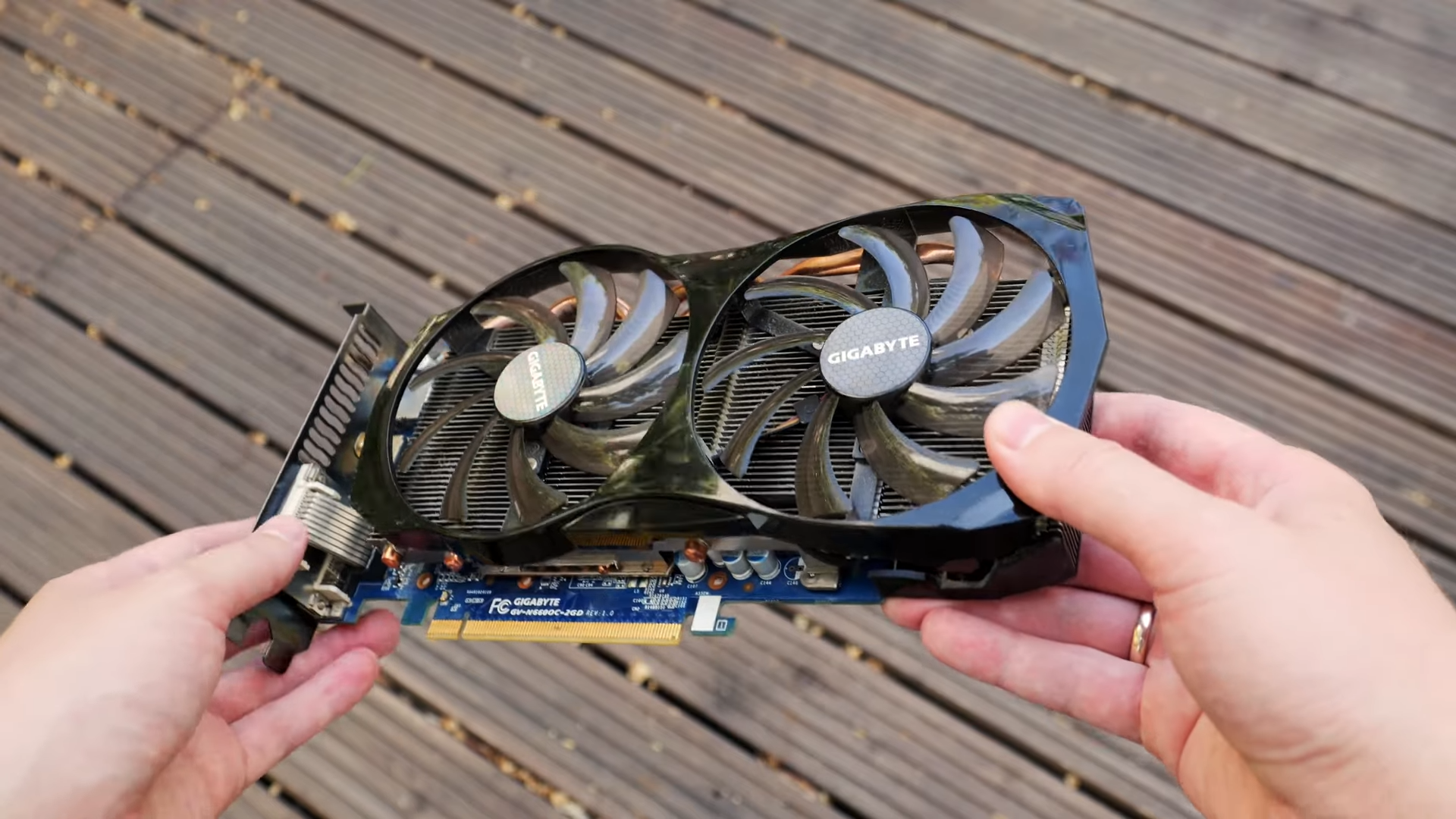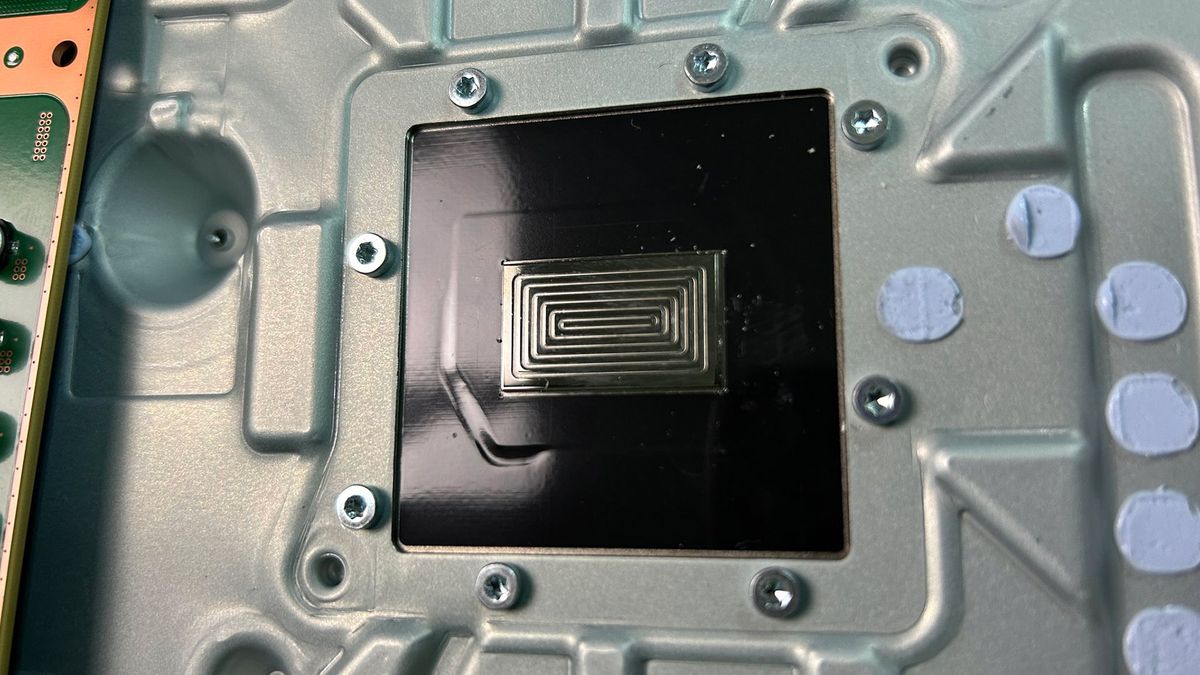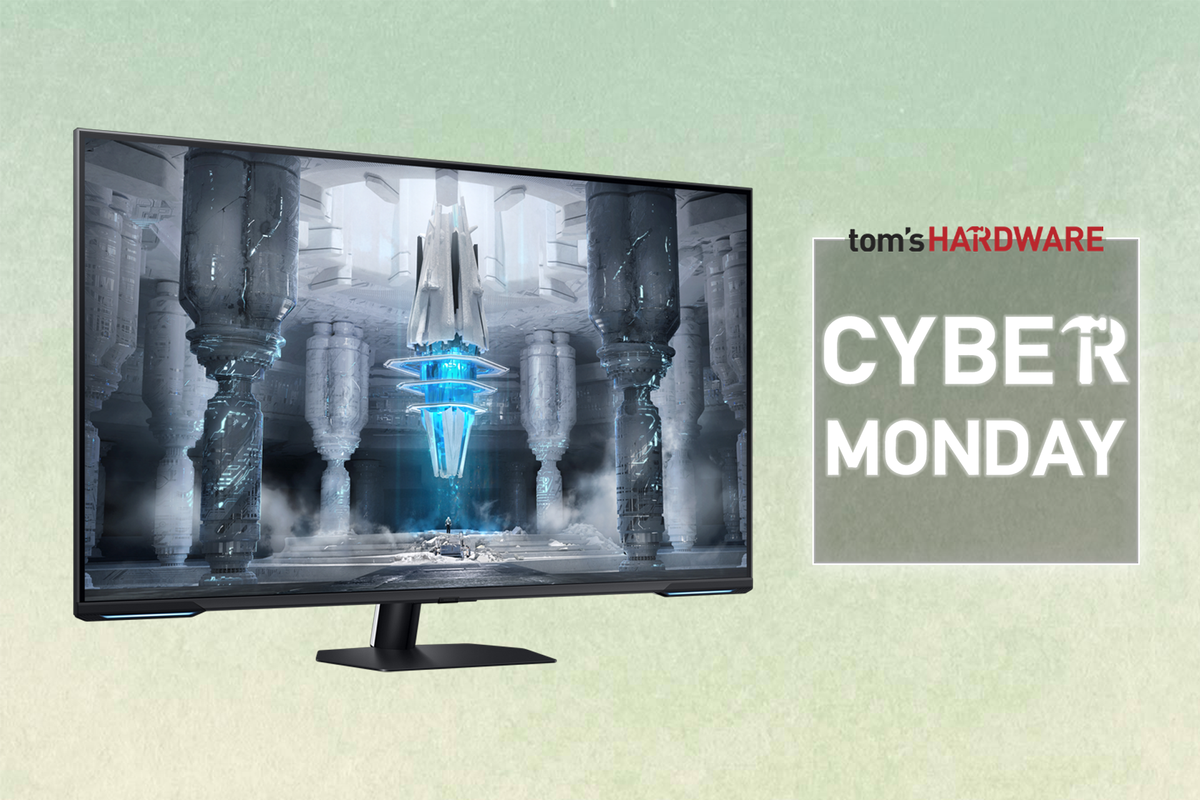A hardware enthusiast has taken an old GTX 660 out of retirement to see if modern upscaling technologies can make the ancient Kepler-based video card functional in 2025. GCS Hardware on YouTube published a video testing the GTX 660 in several games, including some that feature upscaling and some that don't. Despite technically supporting FSR, the GPU ended up being too slow to take advantage of it.
The enthusiast tested four titles: Counter-Strike 2, GTA V, Cyberpunk 2077, and Doom 2016, but only two of the four had upscaling support. Counter-Strike 2 proved to be a best-case scenario for the GTX 660, running at around 80-90 FPS at native 1080p on the lowest settings. The YouTuber tried to use FSR to boost performance higher but discovered FSR yielded no additional FPS improvements whatsoever, despite FSR rendering the game at a significantly lower internal resolution (balanced and performance mode were tested, but yielded the same aforementioned results).
Can upscaling save this 10$ GPU? - YouTube

Cyberpunk 2077 (to no one's surprise) ran the poorest of the four, running at just 10 FPS, 15 at the lowest possible settings at native 1080P. FSR 2.1 performance mode was able to lift performance up to the low 20s (according to GCS Hardware's FPS counter), but the game ultimately broke with FSR and ended up with a black screen. XeSS and FSR 3.1 were practically unsupported; XeSS dropped the game's frame rates all the way down to 1 FPS, and turning on FSR 3.1 caused the game to crash.
Attempting to use FSR upscaling in Cyberpunk 2077 and CS:2 reveals that the GTX 660 is too old to run modern upscaling technologies effectively. The GTX 660 came out 13 years ago, featuring Nvidia's Kepler architecture. The GPU was a mid-range card for its time, featuring a GK106 die fabbed on TSMC's 28nm process node, sporting 960 shader cores, 80 TMUs, 24 ROPS, 384 KB of L2 cache, 1,032MHz boost clock, and a 140W TDP. The GTX 660's memory subsystem features 2GB of GDDR5 memory, operating on a 192-bit wide memory bus, featuring 144.2 GB/s of memory bandwidth.
Upscaling technologies such as FSR 2.x, 3.x, and XeSS (DP4a) are capable of running on a broad range of new and old hardware, but these technologies were never designed to run on cards as old as the GTX 660. XeSS minimum GPU requirements are limited to the GTX 10 series, and AMD recommends the GTX 10 series and above for FSR upscaling.
Hardware compatibility may be the main culprit preventing these upscalers from working well at all on the GTX 660. XeSS requires Shader Model 6.4, but the GTX 660 only supports up to Shader Model 5.1. FSR 2 technically supports the GTX 660, but has to rely on a FP32 fallback to run at all on the Kepler GPU. FSR was designed to run on FP16 half-precision compute, but the developers implemented a FP32 single-precision fallback to support older GPUs that don't support FP16 at the cost of performance.
Kepler technically supports FP16, but the architecture is only capable of storing or loading FP16 values. Native FP16 operations are converted to FP32. Pascal (GTX 10 series) was the first consumer Nvidia architecture to natively support FP16 compute.
Even if the GTX 660 supported native FP16, it is highly doubtful the GPU would perform any better with FSR as it does with its FP32 fallback mode. Upscalers are compute-intensive and require a certain amount of compute power to upscale an image from a lower resolution to a higher resolution. If a GPU is too slow, it will spend too much time upscaling each frame, nullifying any potential FPS improvements.
Follow Tom's Hardware on Google News to get our up-to-date news, analysis, and reviews in your feeds. Make sure to click the Follow button.

 5 months ago
69
5 months ago
69






 English (US) ·
English (US) ·